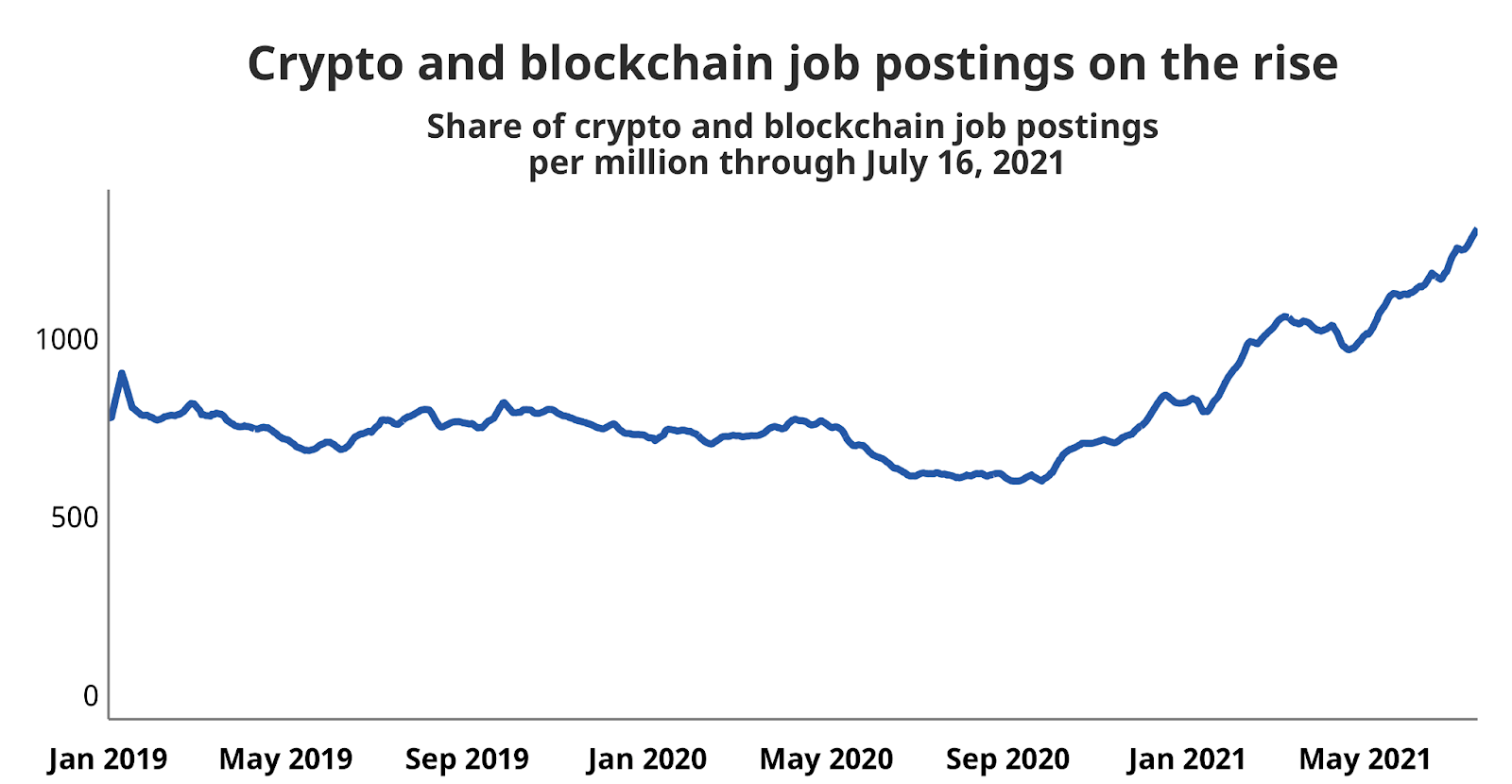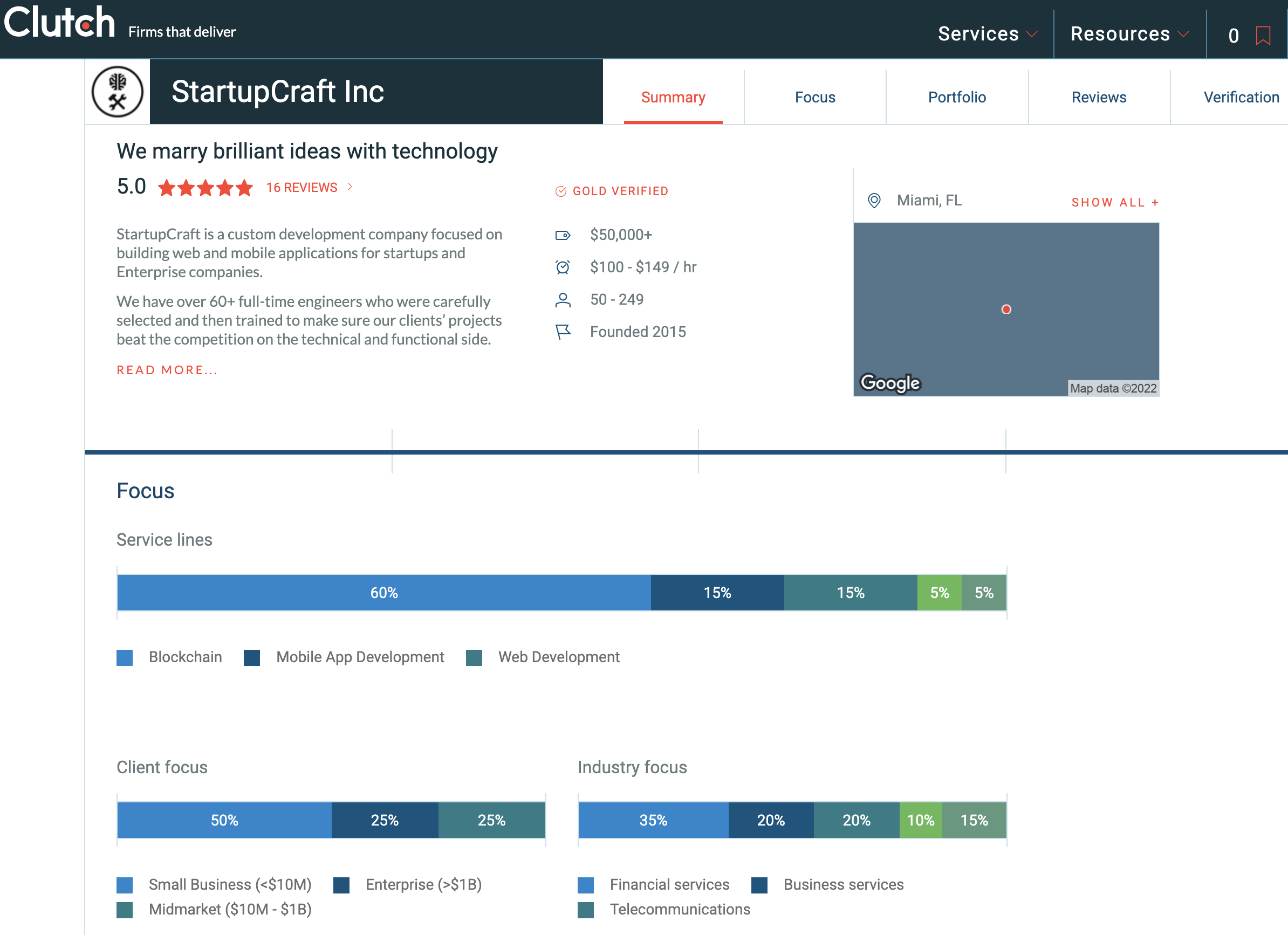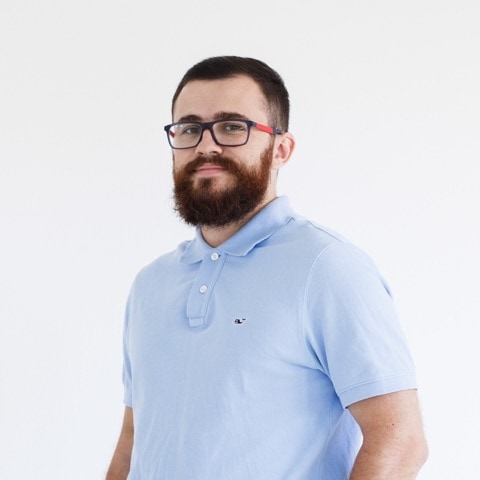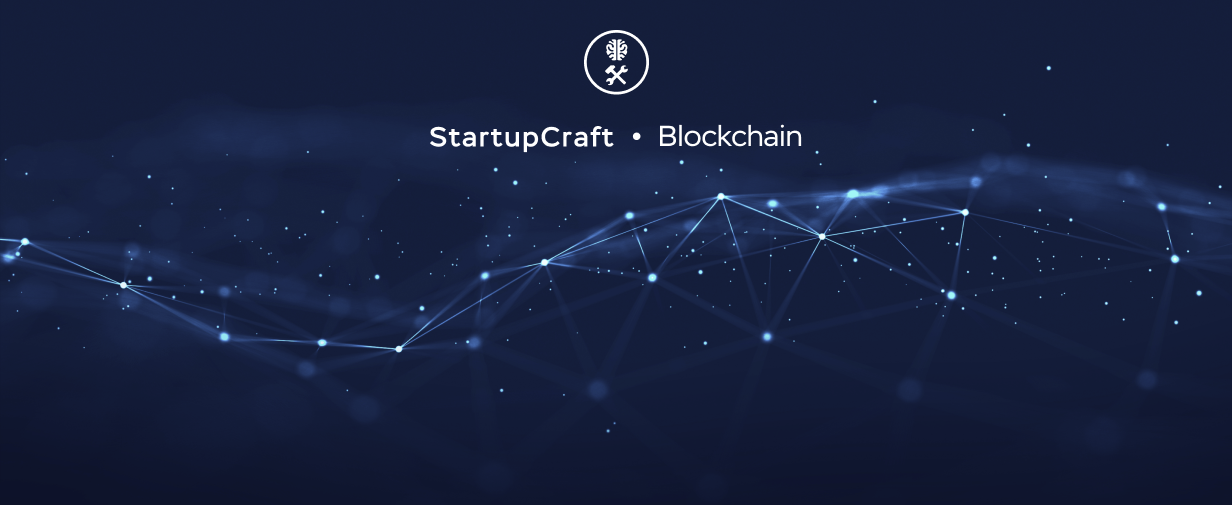Outsourcing Blockchain Technology
Intro
The desire of the business to adopt blockchain technology correlates with the necessity to stay competitive and follow the trends. Since early 2022, the interest curve has become steep thanks to the hype around NFTs. In addition, the higher level of integrity between different blockchains and an overall better understanding of its utility pushes the demand to new heights.
According to the Upwork statistics - there are 12227 JavaScript and 1955 Blockchain jobs. The demand is nearly ten times high in comparison with 2019.

Blockchain has become a priority for many countries and governments on digital transformation. This trend spurs the problem of blockchain expertise shortage. A logical question arises - how to address the challenge within the modern market and maintain the level of competition.
Who needs Blockchain Outsourcing?
Before diving into searching the expertise, any business that sets a path for a digital transformation using Blockchain technology must realize its utility for the existing company or plan a complete revamp.
At StartupCraft, we realize that most clients coming to us weren’t 100% sure about how exactly the technology can help them and whether it’s worth it. Yet, the average client persona shows a clear desire to get involved due to insane hype in the industry thanks to the rise of NFTs.
Blockchain technology can fit certain businesses well while others waste time and resources. An excellent example of such an application is a marketplace solution. The core of blockchain technology lies in addressing security, transparency, and resilience issues. When few actors are involved in the process that needs an escrow or similar arbitrage, it creates the perfect environment for blockchain technology to thrive.
Potential blockchain use can include businesses that feature:
- Investment management;
- International payments;
- Trading or financial management;
- P2P to transactions;
- Supply chain management;
- Real estate;
- Healthcare;
- Records & Identity management;
- Voting, taxation, or legislation compliance;
- Marketplaces or Labor markets;
- Rewards and recognition programs;
- Social networks.
Identifying the target area of the business suitable for the blockchain is only the beginning of the journey. The next crucial step is creating the solution before investing a big dollar, which involves due diligence, including research of the underlying technology among different blockchains and integrating with existing business models. Such a concise approach would guarantee a solid incremental strategy to validate and justify the investment and avoid costly mistakes. At StartupCraft, we invented the Blueprint Framework precisely to address this vital step. While the access to the best talent is strictly limited, our efficient approach allows us to chip off the precious time of the experts enough to lay down the solid foundation for the solution.
How to find Blockchain expertise in 2022?
While high demand boosts the interest of the software engineers community, it also opens the gate for the multitude of mediocre and inexperienced specialists. In addition, the technology is relatively new to the market. One of the main differences from conventional software development is the inability to change the code after the deployment to production, also called MainNet.
The core of blockchain technology is the redundancy achieved by duplicating the data across the network. Simply, the code deployed this way cannot be changed or, by saying with a technical term, is immutable and any data getting into the blockchain remains there forever. This specific creates a very high risk for any client dealing with a provider demonstrating weak expertise.

One of the main criteria we recommend is paying attention to the company’s reputation. The level of risk involved serves a great purpose of showing historical progress and the ability to persevere in delivering successful solutions. At StartupCraft, we live up to our reputation and hold firmly to the top 10 Blockchain companies worldwide by Clutch with an ultimate 5/5 stars rating for more than three years already.
Another critical factor to consider is the process and approach of the provider. The clarity of the method helps facilitate the overall communication and match the expectations accordingly. Since the proper application of blockchain technology is a challenging task, having mandatory research and solution development first is critical. Those who offer a “trigger-happy” approach to jumping straight into coding demonstrate their desire to quickly sell their services without a second thought of long-term cooperation, which is essential to any business dealing with blockchain.
The designated specialists should confirm their experience by demonstrating existing projects or smart contracts deployed. If the provider has a successful audit by a reputable company like Certik, it adds to a score. A claim of expertise in the Blockchain without clear evidence of a smart contract in the MainNet is a red sign. Another showstopper can come out of a negative response to the question about automatic and full test coverage of blockchain-related code.
It is also crucial to make sure the specific expertise matches the technology. For example, suppose you look into building the blockchain solution on the Ethereum or Polygon. In that case, you need to seek Solidity and JavaScript as the primary programming languages used by the target provider, while Solana blockchain would require Rust programming language skills. Even though the selection of the blockchain shouldn’t be a blind choice carried by the temptation to use something without proper research, it still can show how the specific company position itself on the market. For example, at StartupCraft, we specialize in Ethereum and Polygon as our primary blockchain languages at hand are Solidity and JavaScript.
In case of the need to use a different technology due to research during the Blueprint phase or the client's specific demand, we stick purely to the consulting role and offer a partner who has extensive knowledge of underlying blockchain technology. Such an approach allows the enablement of our vast experience touching overall requirements and process management, incorporating our expertise on the technical leadership scale while delegating the implementation specifics to the partner and performing an audit instead of directly implementing the solution.
For the businesses who seek the individuals, we can advise having a strong ally in the form of a vetted expert or consultant to help validate the candidates. Such investment can ensure the elimination of risk involved in the technical assessment and quickly patch the existing hiring department processes.
Engagement models for outsourcing Blockchain
Currently, most outsourcing companies can offer time & material or fixed price models. The fixed price model presents the most secure way of sealing the risk factors. Furthermore, such a model guarantees strict conformity to the scope of work agreed upon beforehand and ultimately distributes the responsibility. Hence, the provider has to commit their best efforts to succeed. The only downside is the rigid structure when it comes to change management. However, the proper research and development of the solution, supplied with clear and detailed enough documentation, remove this obstacle.
Time & material model clearly shows the provider’s lack of confidence in blockchain technology. In our experience, the real skills are revealed by the date when the provider meets the deadline. The deployment to the MainNet is the most important, stressful, yet exciting stage when the code reaches the point of no return. With Time & material model, the client might face multiple excuses to revisit the budget, experience a delivery delay, or hear the arguments about specific changes that recently affected the timeline. While it works perfectly for a fast-paced environment in traditional technology, the Time & material model in blockchain and NFT development puts the client in a vulnerable position. Any enforcement or disagreement can lead to a mistake upon deployment, which the provider can easily justify while putting the whole project at stake.
At StartupCraft, we also offer a technical leadership package as an additional engagement model. We believe this is a good trade-off for a highly crowded market with a significant shortage of talent available. Such an approach opens many opportunities like a client's ability to select a particular provider instead of offered partners while staying safe, backed up with top-notch talents at hand yet with smartly portioned time and resources available. The consultancy services execution features the deliverables such as thorough supervision, audit, and technical control over the implementation. With this approach, the reviewers exchange a small portion of their time for making an ultimate impact on the final delivery of the project.
Conclusion
Blockchain is the future. The inability to comprehend its impact and value can quickly become material for another book revealing how disruptors overthrew the established markets. While it creates a massive opportunity for any business that knows how to tame this technology, it certainly can play out as a time and money loss if not treated well.
Given the mounting talent shortage, we believe that preparation is a mandatory step before venturing forth. Such preparation measures can also be considered the competitive advantage in the market where everyone rushes in to test hypotheses, neglects the disciplined approach, and simply reveal their hands too early. Such businesses affected by FOMO become an excellent target for competitive analysis and open the door for real game-changers. But, again, it’s still important not to miss the opportunity while it’s hot until someone else implements it eventually and adequately conquers the market. Contact us now if you are ready to move your idea to the next stage.


13/15 Wentworth ave, Sydney NSW 2000, Australia
Review privacy policy
